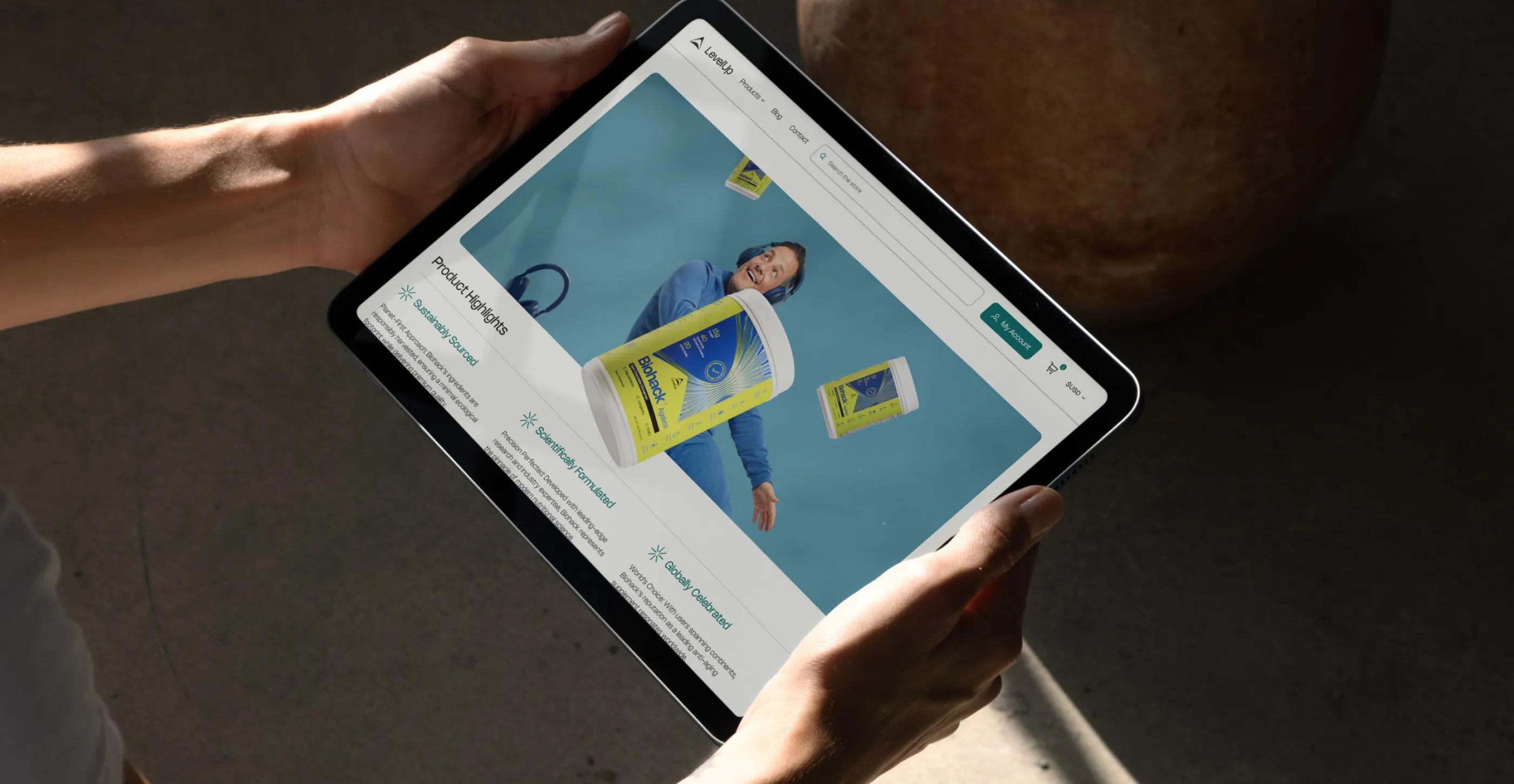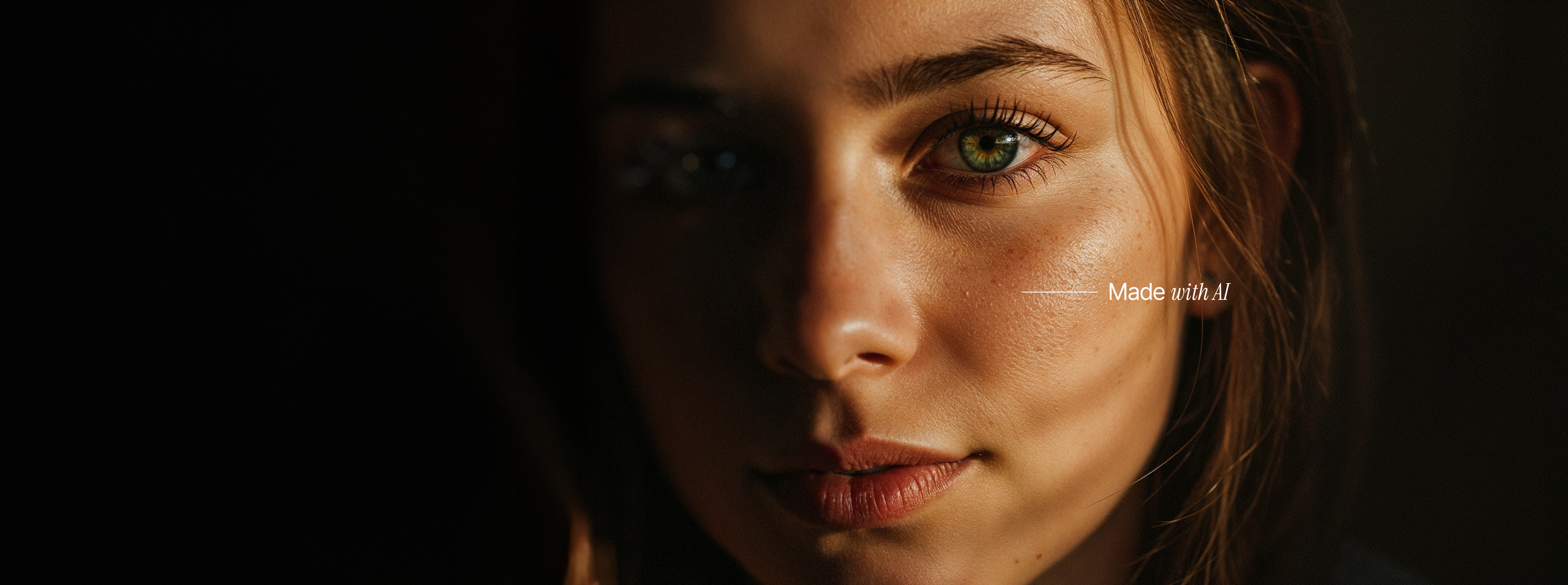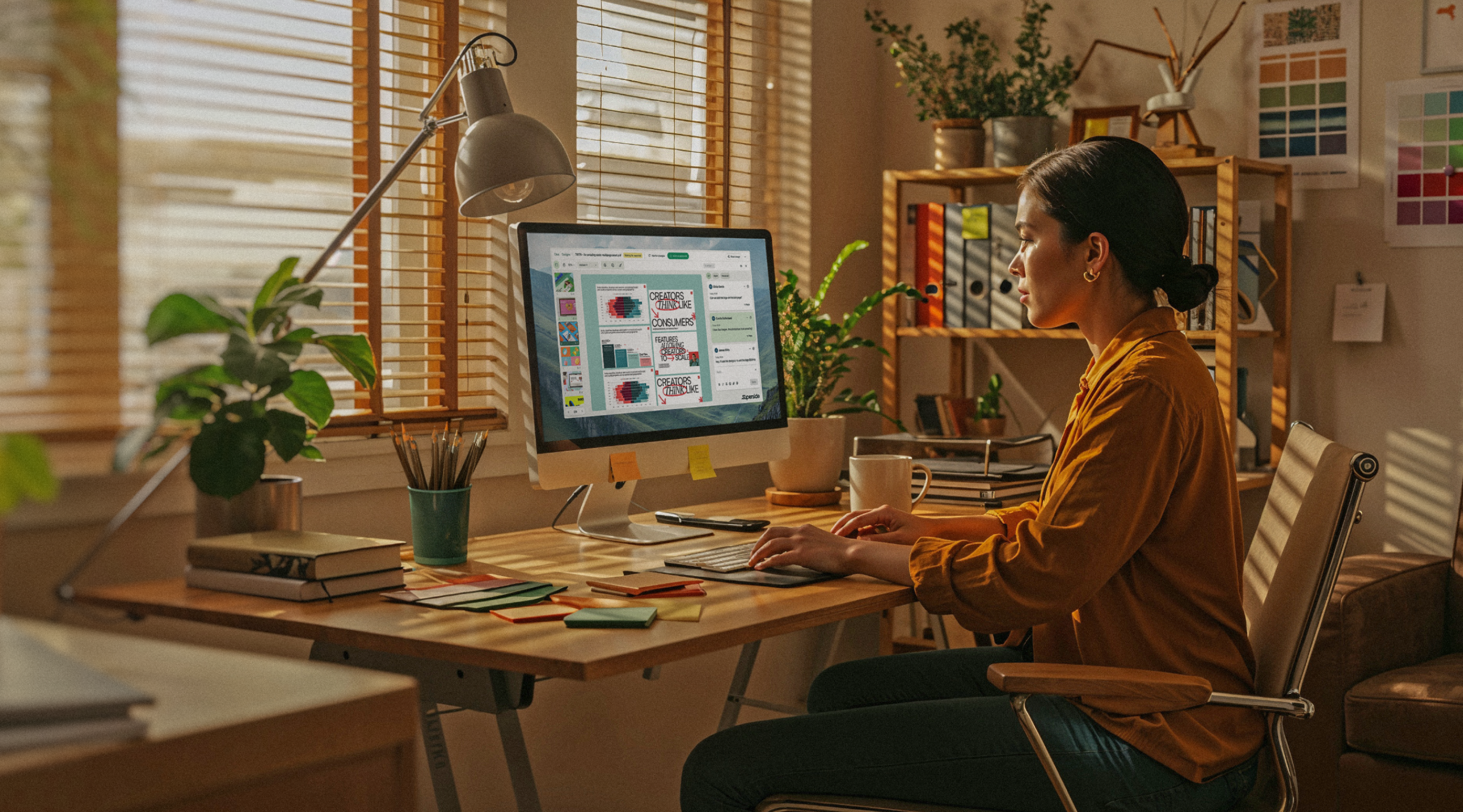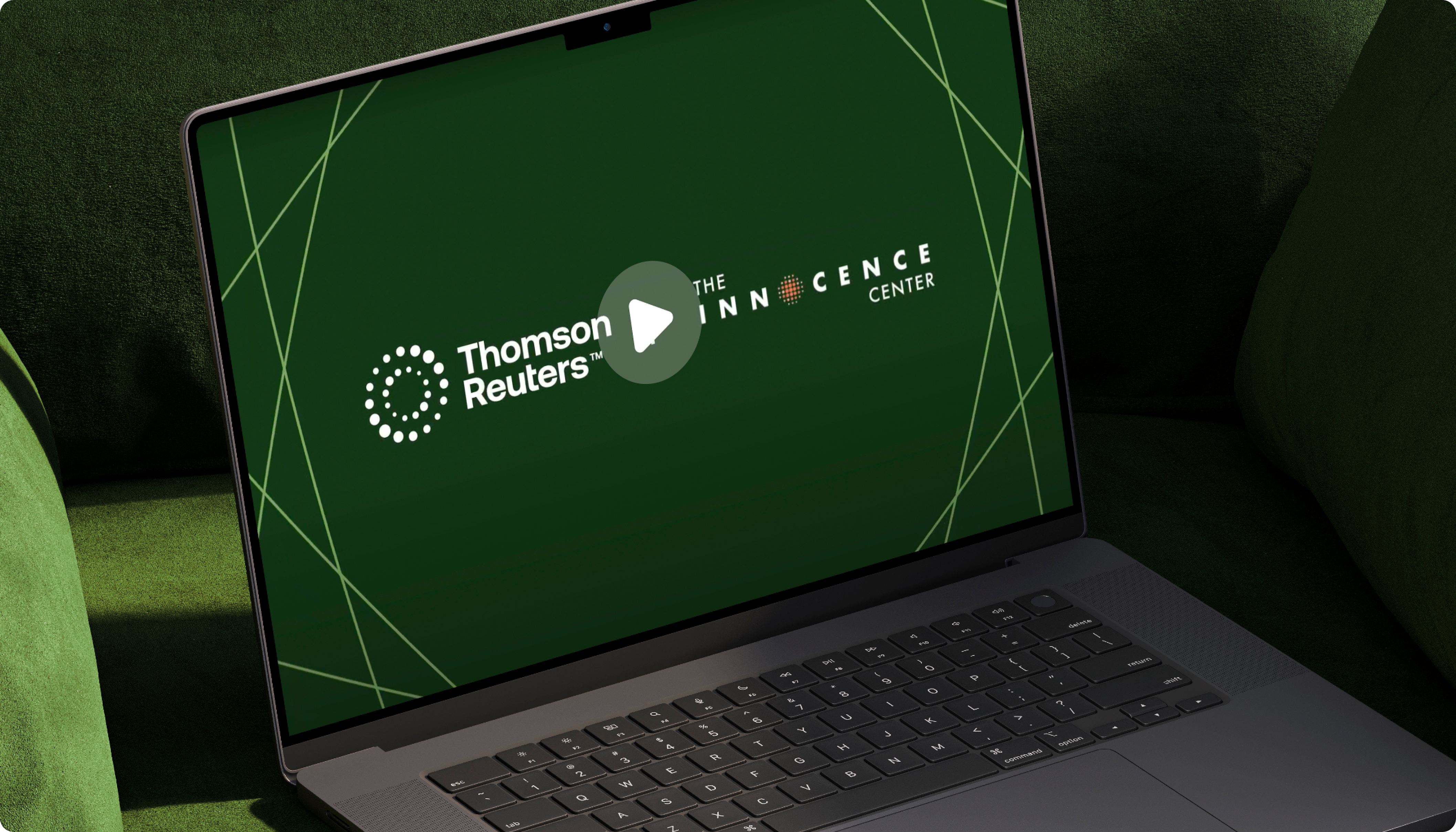One Page Website: Pros, Cons & Examples

To create a one page website or a traditional multi-page site? That is a prime question for many companies. With social media and mobile applications finding new ways to rapidly deliver engaging content, it seems only natural that a demand for speedy, responsive websites would emerge.
The Rise of the One Page Website
A one page website uses only one HTML page. It presents a single main idea in a continuous design that provides the user with a more fluid experience than a multi-page site. This type of website is usually much lighter on the content side, which saves visitors significant time that they would usually spend in clicking from one page to another. The most common characteristics of one-page websites include clearly defined sections, big header elements and custom scrolling effects. They recently rose to fame among many designer sites as well as apps and product sites. [1]
The increase in popularity of single page websites is also attributed to the rise of social media and mobile browsing. Users now want to view their content faster and more efficiently, and the fast, simple nature of one-page websites satisfies that demand. That’s not to say that the traditional multi-page website is a thing of the past. Both site structures offer advantages and disadvantages depending on what a brand’s goals and intentions are for their website. [2]
The Pros
There are many advantages of using a one-page website:
- Less loading time
- Easier site maintenance
- Attention-grabbing
- Simplified navigation
- Easier, faster conversion rate
- Mobile-friendly
- Reduced costs and build time
Since this type of website has only a single page, the load time is typically much better than the load time for a multi-page. And since the website loads much faster, users are more likely to proceed to the page rather than bouncing. One-page sites are user-friendly and require lower maintenance than a website with multiple pages.
If you want to captivate an audience, a single page may be your best bet since they usually boast impressive graphics and attention-grabbing elements. The storytelling nature of the one-page website also makes for simple navigation, leaving very little for the viewer to try to figure out on their own. Due to the highly interactive, engaging, simplified nature of one-page sites, user conversion rates are typically much higher.
Furthermore, this type of site usually requires fewer expenses and less time to create than multi-page websites. They are extremely mobile friendly and, therefore, are a top choice among many internet users. But despite all these positive attributes, one-page websites don’t come without some pitfalls. [3]
The Cons
Some of the disadvantages include:
- Significant planning required
- SEO difficulty
- Not suitable for excess information
- Difficult to analyze
One of the beautiful things about one-page websites is that they only require a single page to build. But this also presents a challenge to the company creating the site. With only one page to work with, there is very little room for error. The company must ensure that their site is perfect and that every design element and bit of text sells the product or service. This requires serious planning of both the written content and design of the site.
Another challenge is related to search engine optimization (SEO). Since there is less content on single-page sites, there is also less opportunity to increase traffic with SEO. Blogs are one of the most effective ways to drive organic traffic to a website and one-page sites typically don’t have blogs.
One-page websites can also be harmful to companies who need to relay a lot of information to their viewers. The purpose of this type of site layout is to flow nicely and follow a simplified, story-like structure. Not only does excess information clutter a one-page site, but it could also negatively impact the website’s load time, which is a huge factor in whether or not a user proceeds to the site or bounces.
Finally, it’s more difficult to analyze the metrics. Google Analytics, for example, can tell website creators which page their viewers are bouncing from so that the creators know where they can improve their site. But with only a single page, it is far more difficult, and potentially more expensive, to analyze where the site is losing its viewers. .
Companies Using One-page Websites
When used correctly, one-page websites are fantastic tools that are proving to be far more than a mere trend. Use cases include portfolios, landing pages and brochure websites. These five companies are among the many that have opted for a one-page structure:
This is a prime example of the portfolio use case. The site advertises “The Happy Hero,” a book written by Solitaire Townsend. You can see that the website is primarily design-oriented, with very little text to create a visually compelling, easy-to-read site. There is also an outbound link that directs the viewer to where they can purchase the book, making for an easy and quick conversion.
2. MakeUI
MakeUI’s one-page website is highly effective with its captivating design elements and story-like flow. The site makes great use of compelling graphics to explain how the product works, as well as where viewers can make a purchase or contact the company with any questions.
The site’s custom transition and scrolling effects create an engaging user experience. The clearly defined sections also maintain its simplicity, despite the fact that the website includes a bit more information than other one-page sites may.
Another example of a one-page website intended as a portfolio, digital designer Wesley van’t Hart’s site is incredibly minimalistic. While the site is simple, it is also interactive, with features that allow viewers to manually scroll side to side in the timeline section and even move different images around.
Hart includes outbound links to his Dribbble portfolio, Instagram account and other social platforms that easily direct viewers there from his site.
4. 100 Years of National Park Service
This one-page website honors the National Park Service (NPS) with a visually impactful, single-page narrative of the U.S. National Parks’ history. With a decent amount of information needed to properly illustrate the story of the parks, this website incorporates plenty of design elements and interactive features to capture and maintain viewer attention.
The site’s narrative concludes at the bottom of the page with a single icon encouraging viewers to donate to the NPS. With no other pages or buttons to distract website goers, The NPS effectively tells its story and incorporates a single call to action.
5. Sonik Pass
Sonik Pass’s website immediately captures viewer attention with impressive design elements and an overall minimalistic style. The sections of the page are clearly defined by creative formatting and large header elements. And each section are engaging as they transition.
The site concludes with a simple call to action at the bottom for viewers to reach out to the brand. The entire page is visually compelling and simple, providing viewers with all the information they need.
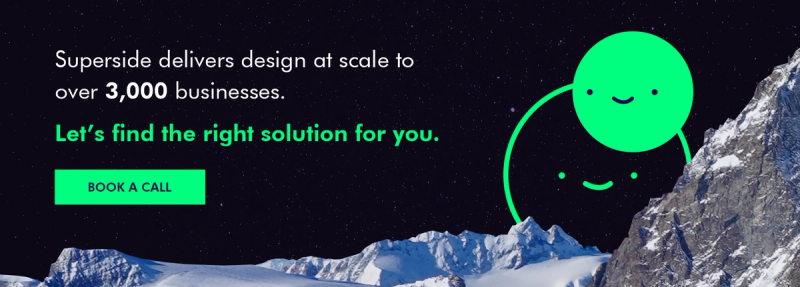
Your Website: The Face of Your Brand
Whether you choose to hop on the one-page website bandwagon or you think your company would benefit better from a multi-page site, your website is the first impression you will make. Define what your site’s purpose is and what your goals are for your business. Only then can you make a confident decision on which type of website structure will best meet your needs and help your business grow.
References:
1. https://www.awwwards.com/websites/single-page/
2. https://www.justinmind.com/blog/single-page-vs-multi-page-websites-design-battle/
https://www.a2hosting.com/blog/one-page-website/
3. https://www.valuecoders.com/blog/outsourcing-and-off-shoring/advantages-single-page-website/
https://premium.wpmudev.org/blog/single-page-websites-a-web-design-trend-worth-adopting/
https://www.dtelepathy.com/blog/design/8-reasons-why-pageless-design-is-the-future-of-the-web
Amrita is a veteran B2B SaaS marketer and the VP of Marketing at Superside. Besides preaching to everyone and their mother about how good execution is the ultimate differentiator for your company, she hosts our monthly Gather & Grow series featuring leaders from Adobe, Dropbox, HubSpot, Intuit, Shopify and more. Find her on LinkedIn and Twitter and say hi!
You may also like these
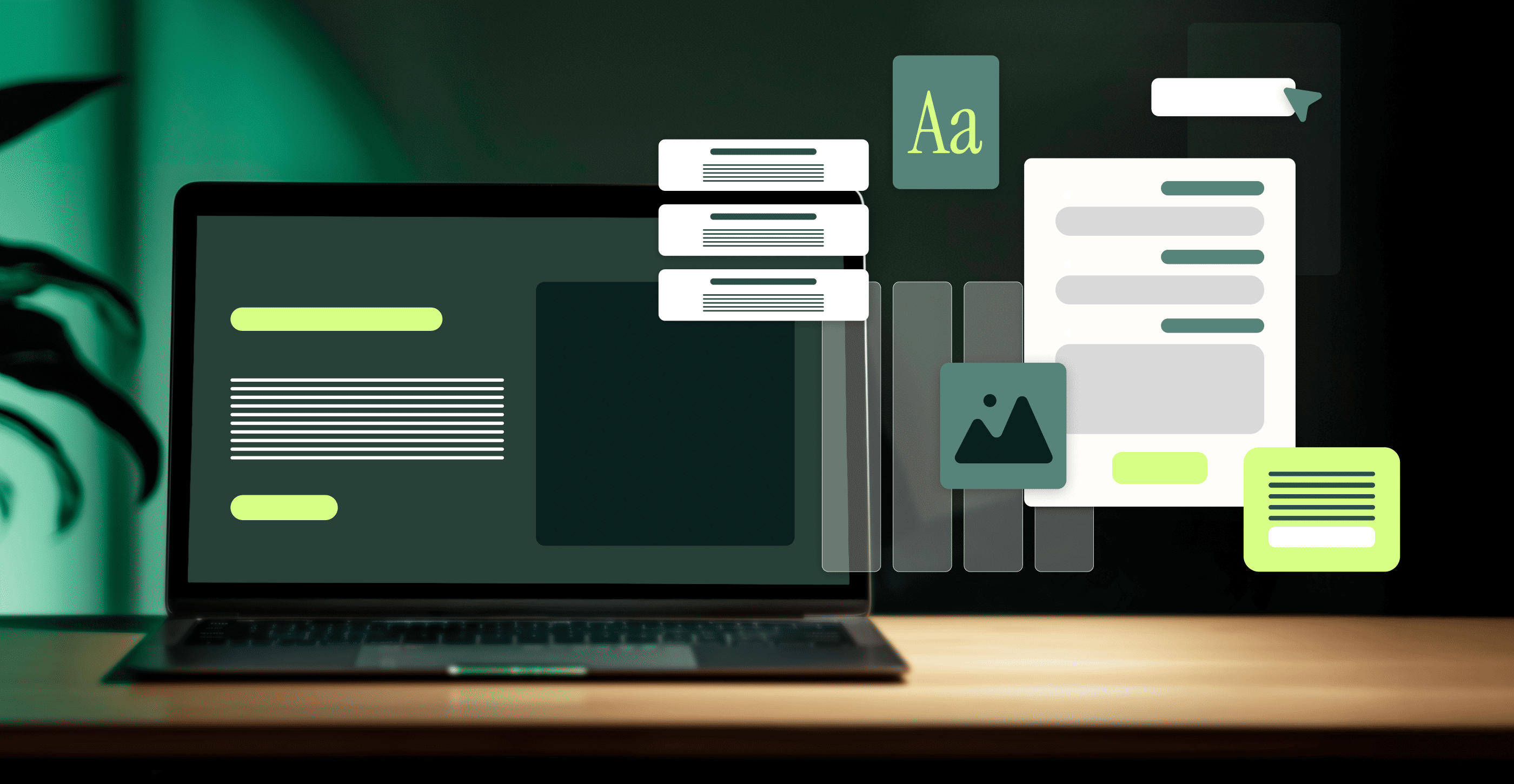
7 best tech design agencies in the world (2025)
2001: A Space Odyssey. Bladerunner. Knight Rider. Back to the Future. Yesterday’s sci-fi is today’s reality. From virtual assistants like Siri to electric vehicles with voice control and agentic AI, modern technology has transformed the way we communicate, travel, research, create and think. The tech boom has also spurred fierce competition among businesses that vie for customers’ attention and spending power. In this context, innovation alone isn’t enough. How your product is designed and how you present it to the world directly shape whether people trust, adopt and recommend it.That’s where a superb tech design agency can help you get ahead. In this article, we unpack what modern tech design agencies do, how they differ from other design firms and why they’re critical to business success. We explain what to look for in creative agencies for technology companies and showcase a selection of those doing fantastic work.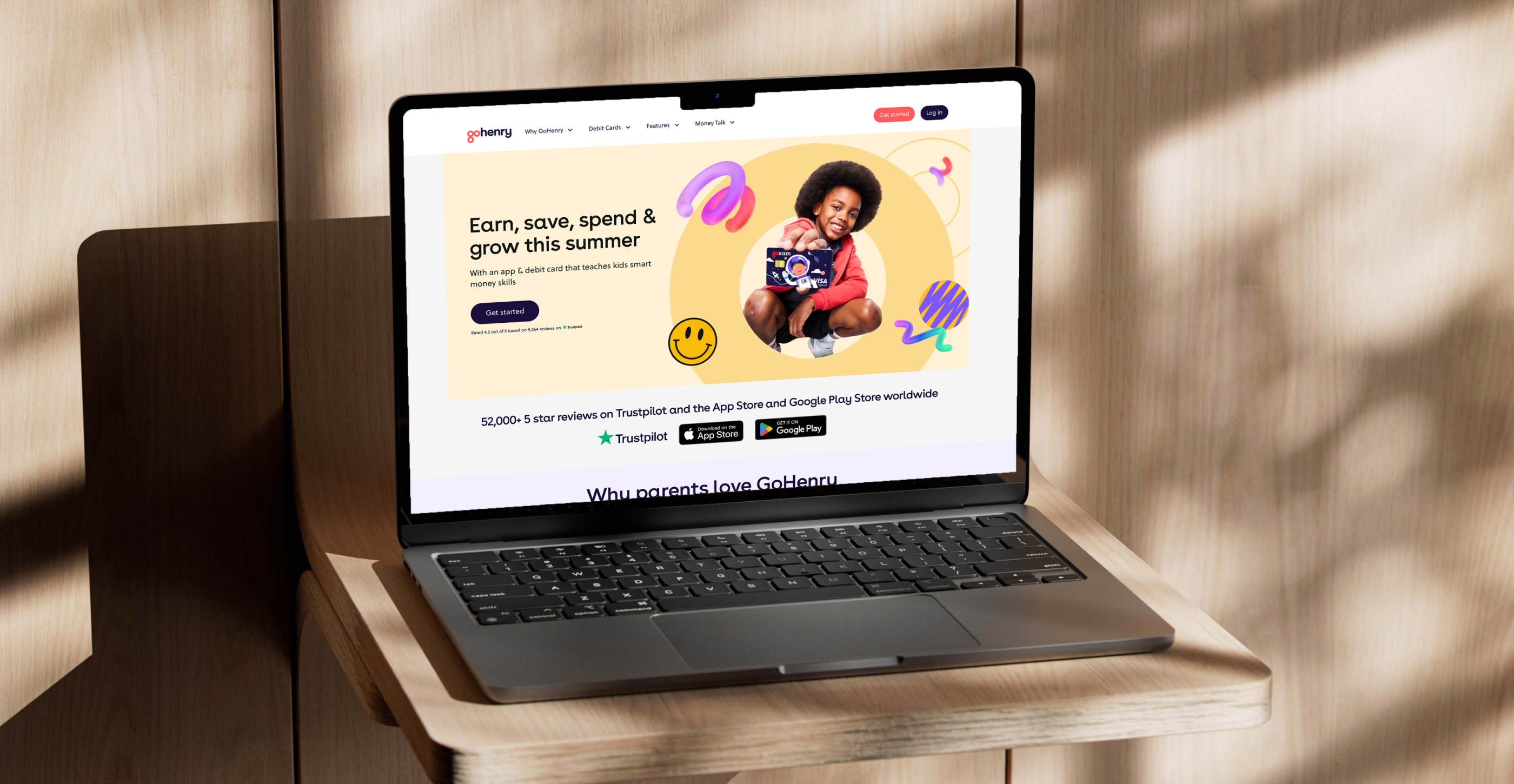
12 tried-and-tested website layout ideas that deliver
Your website’s design says a lot about your brand, and believe it or not, 75% of people admit they judge a company’s credibility just by how its website looks.The good news is that every $1 invested in user experience (UX) can return $100, an incredibly high ROI. Even a modest increase in your UX budget (just 10%) can lead to an 83% rise in website conversions.Whether you run an enterprise-level online store or a non-profit organization, excellent web design is more likely to earn trust and drive results.Curious what great layouts look like in action? In this article, we explore 12 tried-and-tested website layout ideas that could inspire and kickstart your next web design process.Why does a good website layout matter so much?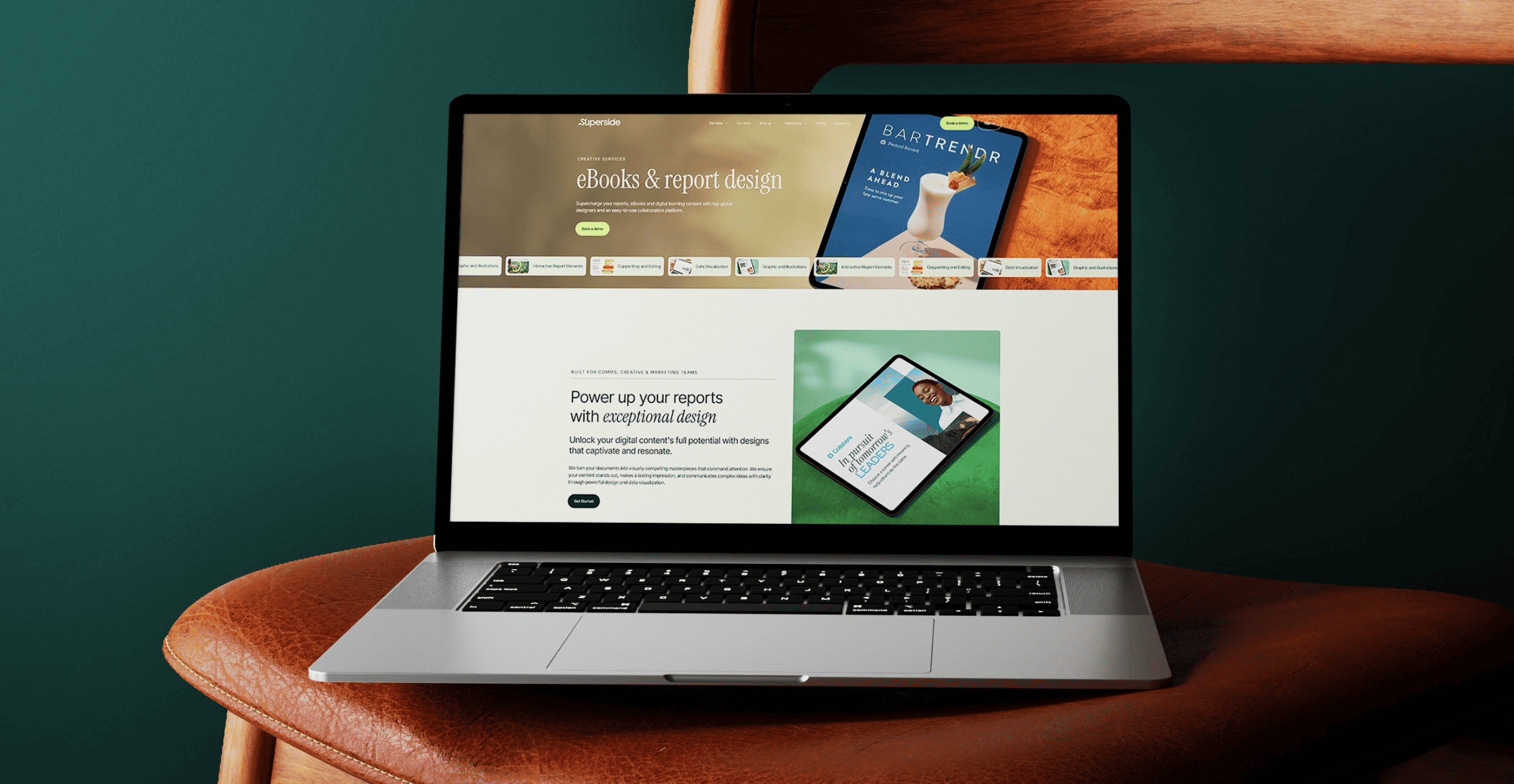
Top 10 UI design services in 2025 to boost conversions & enhance UX
Over the last few years, customer experience (CX) has emerged as a key differentiator for brands seeking a competitive edge. Of course, the foundation of good CX is excellent user interface (UI) design and user experience (UX).Good UI design allows users to interact with a digital product easily and intuitively, minimizing friction and cognitive load. This leads to increased user satisfaction, engagement, and, ultimately, better business outcomes.Unsurprisingly, 94% of web users feel straightforward website navigation is essential, while 83% appreciate attractive, up-to-date websites.Get these design elements wrong, and suffer the consequences: 42% of web users will leave a website if the functionality is poor, while 38% will bounce because of unattractive content or design.In turn, good UI design can boost conversion rates by up to 200%, while good UI UX design can up these rates by up to 400%. Those are big numbers that equal big revenue.